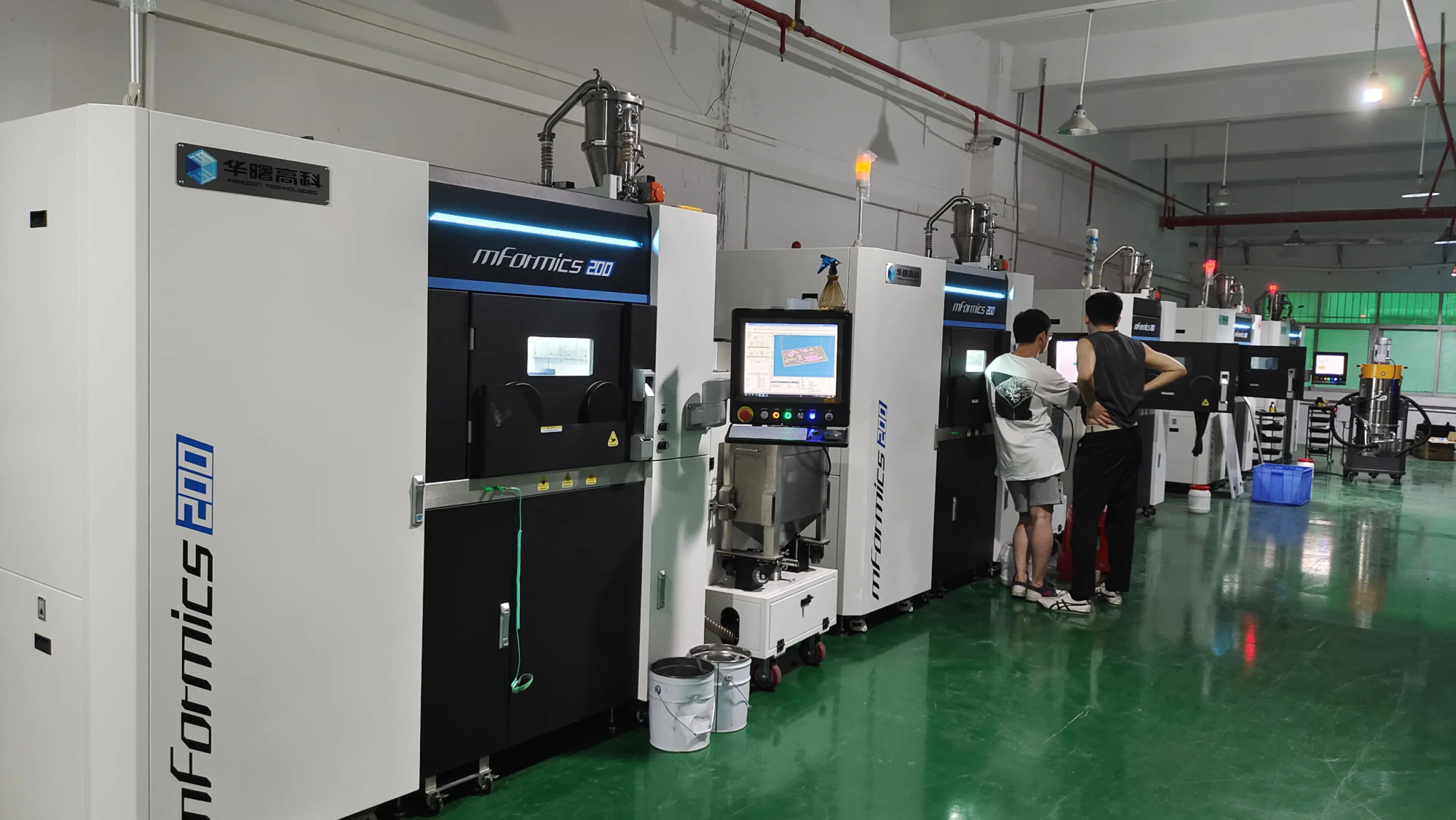3D printed food is already on the table. It is no longer a concept, but it has become a reality.
On October 8, 2024, according to the Resource Library, Austrian food technology company Revo Foods recently opened the world’s largest industrial food 3D printing factory “TASTE FACTORY” in Vienna. When the factory operates at full capacity, its monthly production is expected to reach 60 tonnes. This is the world’s first large-scale application of food 3D printing technology, and it also indicates that the food industry will usher in major changes due to the innovation of digital manufacturing technology.
Founded in 2021, Revo Foods is committed to using 3D printing technology to redefine the food industry. Its core technology, “3D structure technology”, can precisely combine different ingredients such as fats and proteins to form complex food shapes and structures. Using this technology, Revo Foods creates juicy and tender plant-based products. The first product, THE FILET, is made from mycoprotein from fermented mycelium and was officially launched on supermarket shelves on October 3.
TASTE FACTORY – A milestone in the food 3D printing industry
3D food printing is an additive manufacturing process that makes food by printing layer by layer, allowing the texture, structure and nutritional content of food to be precisely controlled. In the traditional food industry, some nutrients are often lost because the production process relies on high temperatures and pressures. Revo Foods’ 3D printing technology works in gentle conditions (low temperature and low pressure) and retains more micronutrients. Not only is this a huge advancement in industrial food production, but it also offers more opportunities in the area of healthy eating.
Before officially launching the food 3D printing factory, Revo Foods launched the innovative Food Fabricator X2 in January this year. It is a high-throughput 3D printer designed for large-scale production of plant-based meat alternatives and personalized food products. The device is capable of printing food with unique shapes, structures and textures and is the world’s first method for 3D printing food production on an industrial scale.
LE FILET – first product on the shelves in more than 500 supermarkets in Europe
Revo Foods’ first product, THE FILET, is a plant-based fish fillet made from mycelium (fermented mycelium) and inspired by salmon. Not only is this product high in fiber, it is cholesterol-free, sugar-free and gluten-free, and has an “A” nutritional rating, making it a sustainable and healthy alternative to traditional salmon. On October 3, THE FILET will be sold for the first time in more than 500 REWE Austria stores in Europe. Additionally, consumers can also order through Revo Foods’ online store.
FILET mycoprotein is known as a “superfood”. Not only does it contain a complete amino acid composition and high fiber content, but it also has a higher bioavailability than beef. The key, however, is how to turn mycoproteins into foods suitable for 3D printing.
Revo Foods’ 3D structuring technology gives plant-based foods a meat-like taste and texture by finely combining fats and proteins to form a hierarchical structure similar to animal muscle tissue. For example, the precisely distributed fat strips in THE FILET simulate the layered structure of a real salmon fillet, allowing it to deliver a rich aroma and authentic taste experience when fried or baked.
Currently, Revo Foods is cooperating with major food manufacturers and plans to launch more innovative products based on 3D printing technology in 2025, including personalized nutritional foods and mass customization products to provide tailor-made food solution to different consumers.
Blue Ocean Market – Many foreign companies have entered the market, but it has just started in China.
According to a report by Vantage Market Research, the global 3D printed food market is expected to grow rapidly, at a compound annual growth rate of 49.9% by 2028, with the total market value reaching $872.4 million. US dollars. As a sector with huge market potential, the 3D printed food industry is attracting more and more attention and investment and will usher in significant development opportunities in the coming years.
At present, besides Revo Foods, many companies are also actively developing the 3D printed food industry. Spanish startup Novameat, along with Israel’s Redefine Meat, Steakholder Foods and Aleph Farms, have already launched their own 3D printed food products. In addition, there are many 3D printed meat companies around the world, including CellX from Shanghai, Alt Farm from Hong Kong, Cocuus System Ibérica from Spain, Mooji Meats from the United States, and BlueNalu from Chile.
In addition, Fredlebo (Hangzhou) Technology, a startup from Hangzhou, also received several rounds of financing. Its MOODLES brand is closer to Chinese eating habits and its main products are 3D printed high-protein noodles and rice balls.





